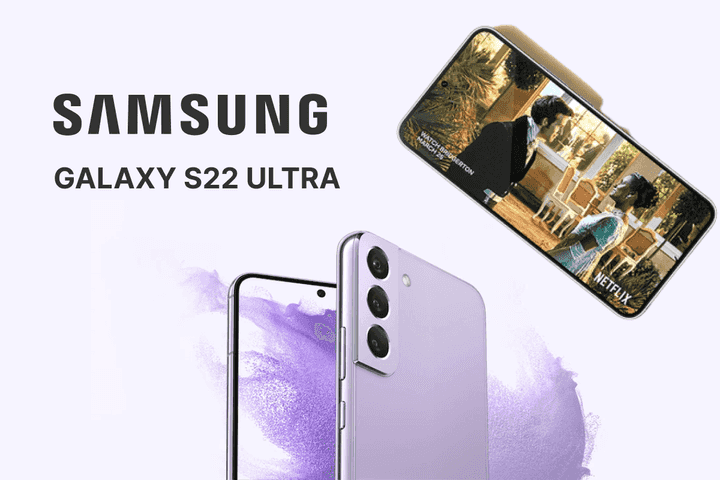The Latest
The Latest
Introduction
Have you ever considered how far phone cameras have come in the previous five years? We’re sure we did.
We just used a 5-year-old handset, the Samsung Galaxy S7 Edge, which is still considered one of the most amazing phones of its time. So we took a look at Samsung’s brand new phone for 2021, the Galaxy S21+, to see how it stacks up.
Specs
Starting with our former champion, it’s got two cameras. Simply said, there are two cameras: one on the back and one on the front. The rear camera is a 12MP sensor, which was regarded as one of the best, if not the best, at the time of its debut.
The brand new Samsung S21+ is on the other side of the ring. There are three cameras on the back of this brilliant phone. You get a 12MP main sensor, a 12MP ultrawide camera, and a telephoto lens with a resolution of about 64MP due to the hybrid zoom.
Diving to the depths
So we decided to go sightseeing and snap a few shots along the way. We didn’t have the best concept because the sun was shining, but we still managed to get some decent images. However, as soon as we started, we observed the differences in photo processing that each phone offers. The Samsung S7 Edge has a more natural appearance, whereas the S21+ has been severely processed.
The inky blue color of the skies, which seems more vivid than in real life on the newer phone, is a good example of this. It’s neither bad nor good; it’s just fine.
That’s OK for the typical person because it’s more of a personal preference, but if you want to get the most out of the fresh new sensor, we’ve found that shooting in pro mode is more realistic, meaning you capture exactly what the sensor sees and then edit the RAW file to your desire. As follows:
Of course, intensive processing has a benefit, which is improved HDR. On the S21+, skies are rarely overexposed, whereas the Samsung S7 Edge performs far worse. Because Pro mode doesn’t truly protect you from such issues, you’ll have to compensate and modify manually.
More information
Even 5 years later, the sharpness of the S7 Edge is quite good. It was formerly chastised for this, but we think it looks nice now. Right here, you can see it in the building’s well-defined lines.
When you look at a photo of our colleague Vic, the old-timer isn’t far behind the S21+.
We’ve discovered that statues, in general, turn out quite well.
However, there is one new feature that all new devices have: portrait mode. The S7 Edge now has a feature that is comparable. It’s called selective focus, and it’s best for flowers and other close-up shots because it requires you to shoot from less than 20 inches away. So it’s great with close objects, but when you give it a human face or something farther away, it falls short.
Specifications
When it comes to selfies, the S7 series is likewise a little poorer in terms of HDR. Video recording isn’t fantastic either. It’s not horrible, but there’s no stability or anything like that. We even tried dropping the video quality to 1080p, but it didn’t work.
However, there is one point worth mentioning. Changing from the front to the back camera on the old flagship was a pain because we had to reach all the way to the top of the screen, but most current devices had that option at the bottom.
Finally, let’s take a look at the area where phones have improved the most over time. That’s how night mode works. And it’s fantastic here.
A fresh new gadget, such as the Galaxy S21+, would be our first choice if you required something remotely useable late at night.
It just captures more light or, at the very least, produces less noise.
The wide-angle and zoomed cameras are likewise fantastic, and video quality in the nighttime isn’t great on both the S7 Edge and the S21+, but if we had to choose, the S21+ does a better job, even if it does introduce some strange artifacts.
The S21+ is unquestionably the S7 Edge’s grandson and successor, as it outperformed the S7 Edge in practically every significant area, even if its photo processing was a little rough.
For more details visit the website Phonera.in .
AUTHOR
Phonera Content Team
New reasons to get excited every week
Get the most important news, reviews and deals in mobile tech delivered straight to your inbox
LEAVE A REPLY
Your email address will not be published. Required fields are marked *
FOLLOW US
By checking this box, you confirm that you have read and are agreeing to our terms of use regarding the storage of the data submitted through this form.











